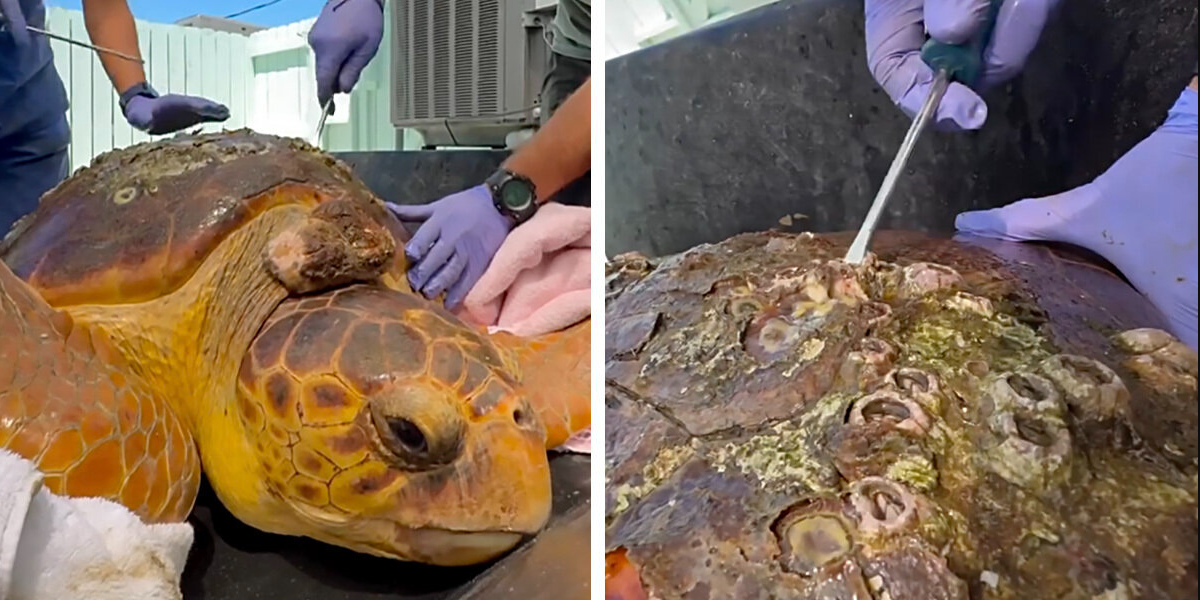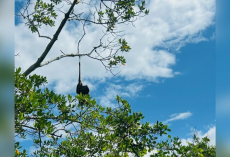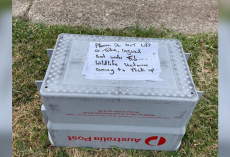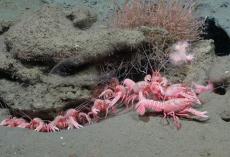When rescuers first met Molly, a mature loggerhead sea turtle, they could barely recognize the majestic creature beneath the weight of her suffering. Her shell was blanketed in barnacles, fishing lines were cutting into her body — and a massive tumor bulged beside her head.
“She was quiet when she came in,” said Bette Zirkelbach, general manager at The Turtle Hospital in south Florida. “It was really bad.”
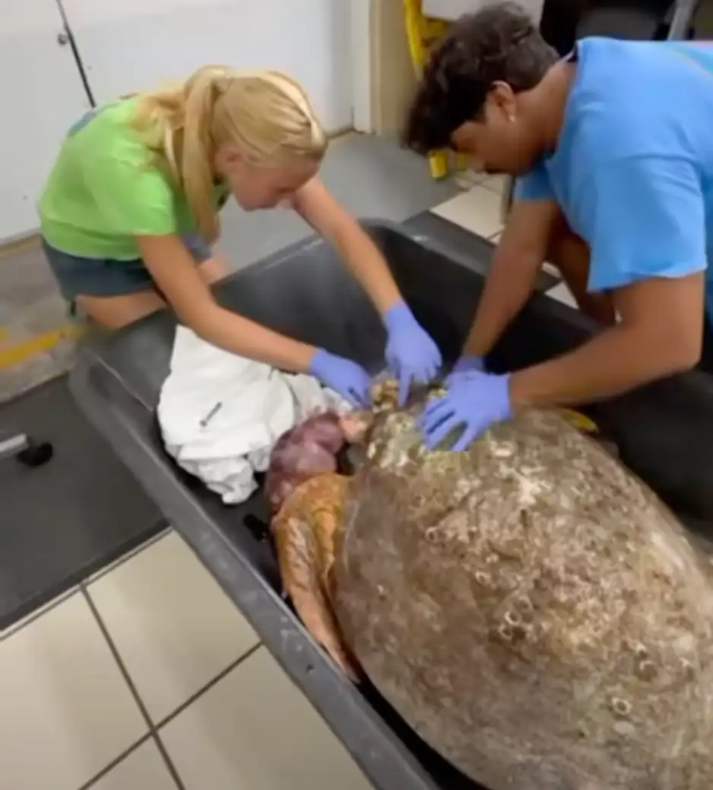
A charter fisherman had spotted Molly struggling off the Florida Keys, tangled in commercial fishing line and tethered to a crab trap. He carefully brought her to shore, where The Turtle Hospital team was waiting.
Once freed from the lines, rescuers realized just how serious her condition was. The tumor near her head — weighing nearly 10 pounds — was one of the largest they’d ever seen.
The growth was caused by fibropapillomatosis (FP), a rare viral disease that affects sea turtles and causes large, cauliflower-like tumors. While common in green sea turtles, it’s almost unheard of in loggerheads like Molly.

The hospital immediately flew in a specialist veterinarian. After receiving fluids and antibiotics, Molly underwent an hours-long surgery to remove the tumor — and handled it like a true warrior.
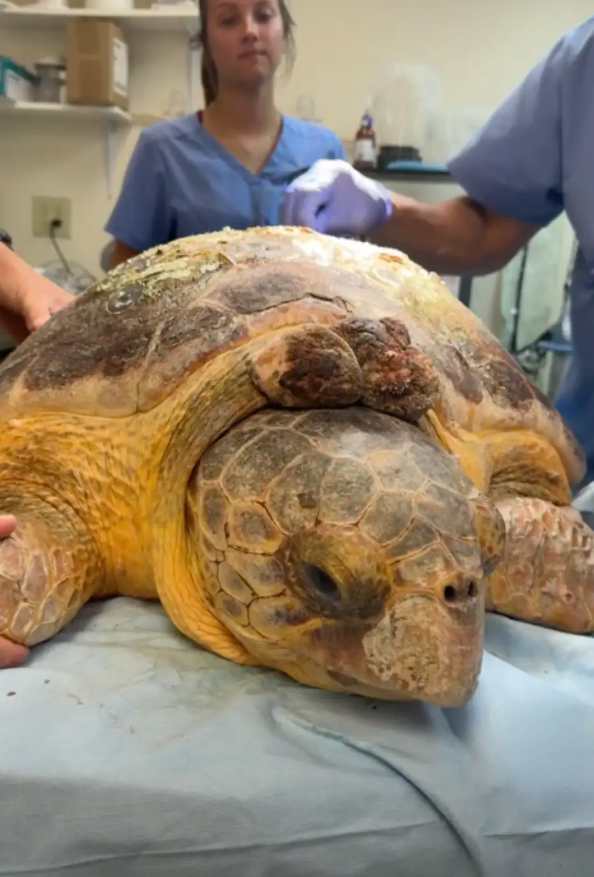
With the tumor gone, it was time for the next step in her transformation: removing the thick crust of barnacles that had clung to her shell for months.
Though barnacles don’t always harm sea turtles, too many can slow them down or cause infections.
One by one, caregivers gently pried the barnacles off, scrubbed her clean, rinsed her with fresh water, and coated her shell in soothing antimicrobial cream.
“She basically got the full spa treatment,” Zirkelbach said with a smile.
After her makeover, Molly slid back into her hospital tank — and immediately began swimming with new energy.
“She’s biting and feisty now, which is really good to see,” Zirkelbach said. “It means she’s strong and fighting — just what we want from a loggerhead.”
Now, Molly is thriving. Her checkups show no signs of internal tumors, her appetite is back, and she even gets what rescuers call “the zoomies,” zipping around her tank with joy.
Before long, the “Marvelous Miss Molly” will return to the wild, gliding through open waters once again — free, healthy, and radiant.
If you’d like to help sea turtles like Molly, you can support The Turtle Hospital by donating through their website.

